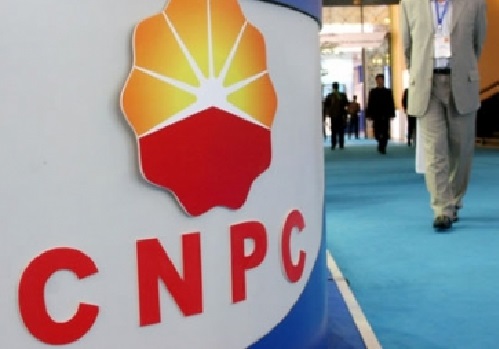I’m sure you know by now that China is a touchy subject in the oil market.
Recent estimates have cut Chinese demand growth, which means the world’s largest energy importer will not be as helpful in reducing the glut as some had hoped.
However, others say this isn’t true at all. China will still be a major importer in the future, and a net importer of oil despite its own domestic production.
According to data compiled by Bloomberg, the second-largest Chinese oil exploration company Sinopec only has about 9 more years of supply if it continues producing at current rates. Even its subsidiary Cnooc Ltd., which bought Canadian Nexen in 2012, only has 10 years’ worth of oil left.
To put that in perspective: ExxonMobil and BP still have more than 15 years of supply left.
The Energy Information Administration estimates that China consumed about 10.7 million barrels of oil per day in 2014, and despite the rumors that demand will slow, the EIA states that oil consumption could increase to 13.1 million barrels per day by 2020, and 20 million barrels by 2040.
If demand slows at all, it will likely ramp back up in the future.
Much like the U.S., China has a “Big Three” in the oil market: Sinopec, PetroChina, and China National Petroleum Corp. But unlike the U.S., China does not have huge shale oil and gas resources.
That demand is going to catch up to them; even if the country’s demand dwindles over the next few years, the country will need imports again.
 To help bolster those supplies though, the country’s Big Three are looking around for acquisitions, especially in oil-rich North America.
To help bolster those supplies though, the country’s Big Three are looking around for acquisitions, especially in oil-rich North America.
In such a low-price environment, merger and acquisition transactions are common because companies become cheap. Chinese oil producers are seeing the current market as a huge buying opportunity.
PetroChina’s president Wang Dongjin says, “Timing is really important now. We have been tracking some assets for a while and are waiting for the time to come.”
That time seems is now…
You see, between 2009 and 2013, the Big Three spent around $119 billion in M&A transactions, which amounts to about 13% of such transactions globally according to Bloomberg. In 2014, however, spending dropped significantly, and it stopped altogether in 2015.
Now is the time when markets are ripe for buying again, and Chinese oil and gas companies are ready to take full advantage when the prices are right.
To continue reading…
Click here to read the Bloomberg Business article.

Christian DeHaemer
Christian is the founder of Bull and Bust Report and an editor at Energy and Capital. For more on Christian, see his editor’s page.

